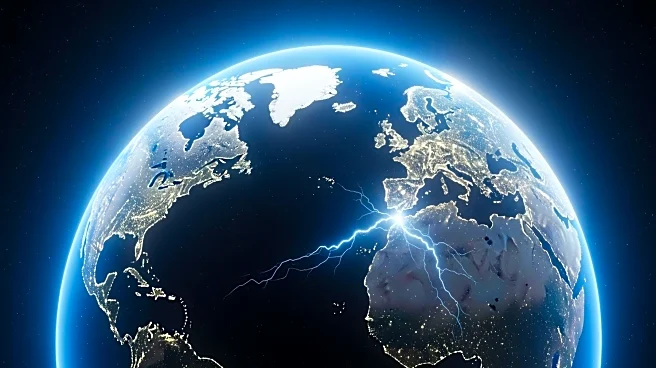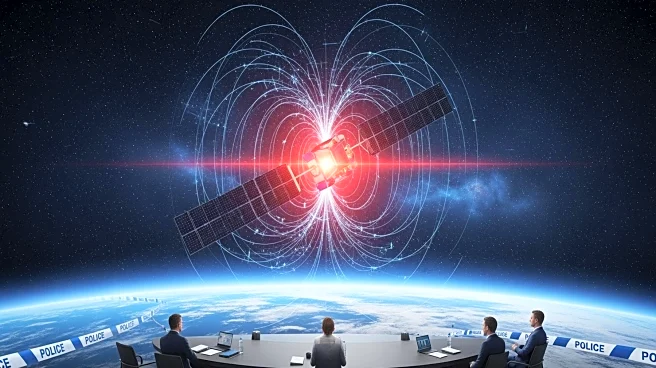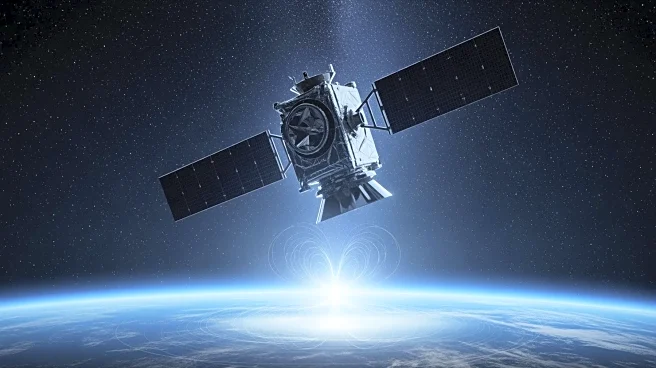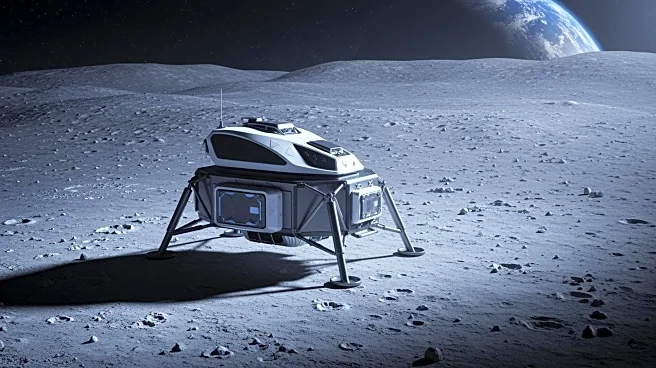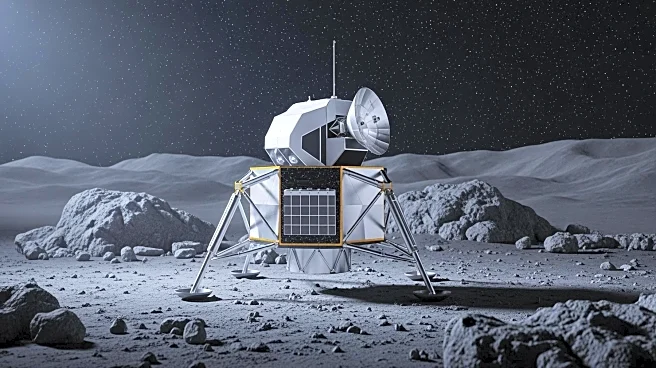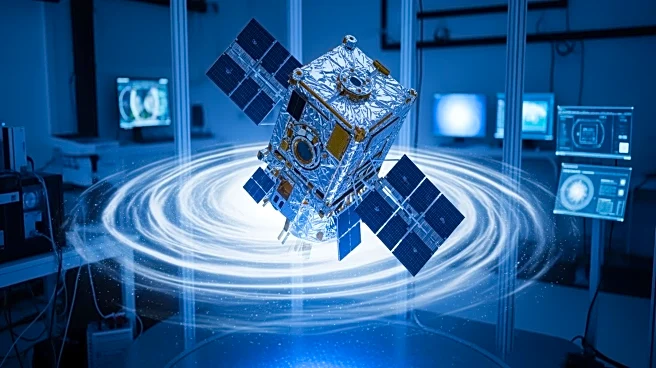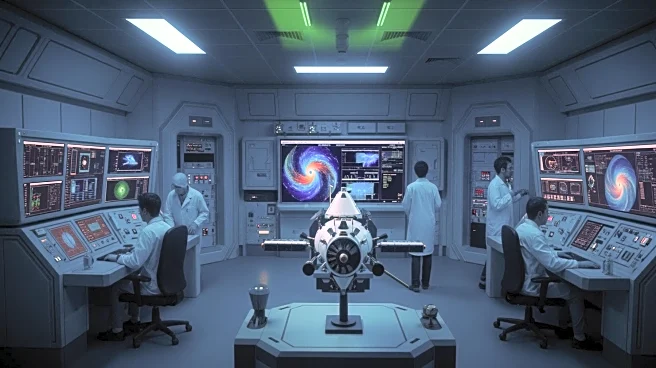What's Happening?
The European Space Agency (ESA) conducted an extreme space weather simulation to understand the potential impact of a solar storm similar to the 1859 Carrington Event on Earth's infrastructure. The simulation revealed that such a storm could cause severe
electronic disruptions, affecting satellite operations, communication systems, and power grids. The exercise aimed to test ESA's preparedness and response strategies for space weather events.
Why It's Important?
The simulation highlights the vulnerability of modern infrastructure to space weather events and underscores the need for robust preparedness measures. A solar storm of this magnitude could have widespread consequences, disrupting critical services and causing economic losses. The findings emphasize the importance of international collaboration in developing strategies to mitigate the impact of space weather on global infrastructure.
What's Next?
ESA and other space agencies will likely use the simulation results to enhance their space weather monitoring and response capabilities. Efforts to improve satellite resilience and communication systems may be prioritized to reduce the risk of disruptions during future solar storms. The simulation may also prompt discussions on global policies and cooperation to address space weather challenges.
Beyond the Headlines
The potential impact of a catastrophic solar storm raises questions about the resilience of global infrastructure and the need for coordinated international efforts to protect critical systems. The simulation serves as a reminder of the interconnectedness of space and terrestrial systems and the importance of proactive measures to safeguard against space weather threats.


